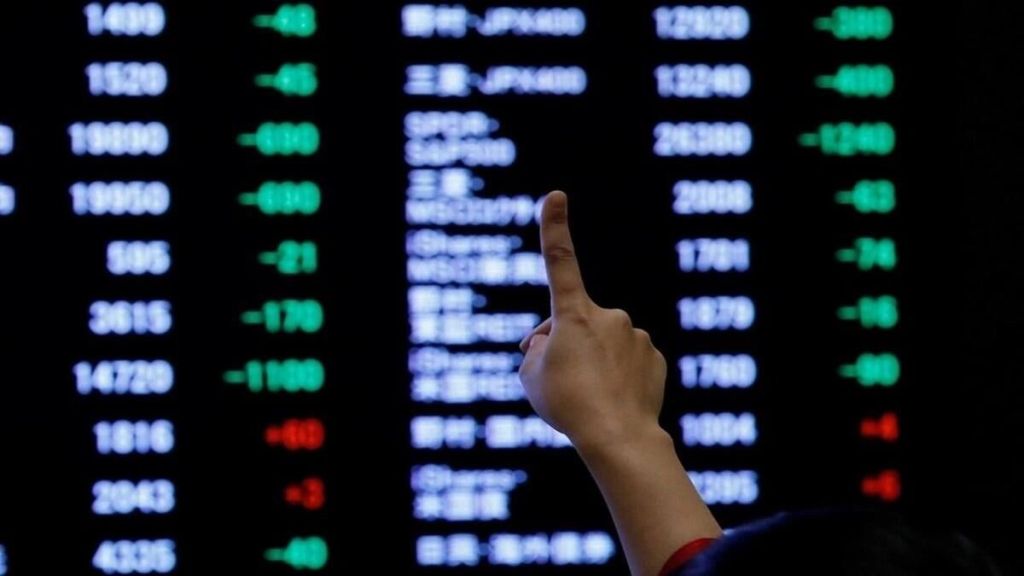A record six initial public offers (IPOs) opened for subscription on Wednesday, reflecting the robust activity in India’s primary market. The shares of Tata Technologies were snapped up in just two hours of the issue opening. Indeed, rarely has the IPO market been as busy as it is nowadays. In the 10 years to FY23, about 1,100 companies mopped up nearly `4 trillion via IPOs, with FY22 being the stand-out year with pickings of more than `1 trillion. In the six months to September, about `25,000 crore was raised by 109 companies. Merchant bankers estimate FY24 could close with a close-to-`1.2-trillion mop-up.
The excitement in the primary market follows that in the secondary market. While the benchmark indices have gained around 9% in 2023 so far, the broader market has done much better at over 30%, with small- and mid-cap stocks rallying to multi-year highs. The huge appetite for equities stems from the confidence that investors have in the India growth story and the large universe of fast-growing, well-managed companies, which they expect, will deliver good profits. Many are opting to play the markets by parking their savings in mutual fund schemes, which continue to see very high inflows especially via systematic investment plans (SIP). Others are buying into stocks directly and subscribing to IPOs. The fact that the high net worth individual (HNI) quota for Tata Tech issue was subscribed nearly 12 times on the first day is an indication of how wealth is being channeled into stocks.
Nearly 1,100 companies have debuted on the bourses in the 10 years to FY23, but this number could be much larger in the coming years. To be sure, the IPO markets were a lot quieter in FY23 post a hectic FY22, possibly because the performance of several new-age technology companies belied expectations. However, there are hundreds of start-ups waiting to list on the exchanges. By one estimate, some `20 trillion of market capitalisation could be added from new start-up IPOs in the next three-four years, as private equities, venture capital firms and promoters look for an exit. More than 50% of the IPO issue amounts in FY22, FY23 and in FY24 (until September 30) comprised an offer for sale (OFS) or shares offloaded by institutional shareholders and promoters. All this has been possible because of the fast-growing and deepening secondary market where the daily average turnover in the cash segment of the National Stock Exchange (BSE) is now about `65,000 crore.
Much of the credit for the smooth functioning of the IPO market must go to the regulator. If investors today are saving on their IPO applications, it is thanks to the ASBA or applications supported by blocked amount mechanism. Timelines for listing the stock after the IPO have been shortened. The Securities and Exchange Board of India now insists that companies specify acquisition or investment targets clearly if they are raising money for this purpose, and they must provide relevant information in the prospectus. Moreover, norms for anchor and pre-issue investors have been tightened with lock-in periods in place. It is critical for an economy like India, where capital is scarce, that smaller businesses are able to tap the public markets for funds to be able to grow their enterprises. It is equally important that investors get an exit so that capital can be freed up and put to work again. India’s IPO market seems to have come of age.


